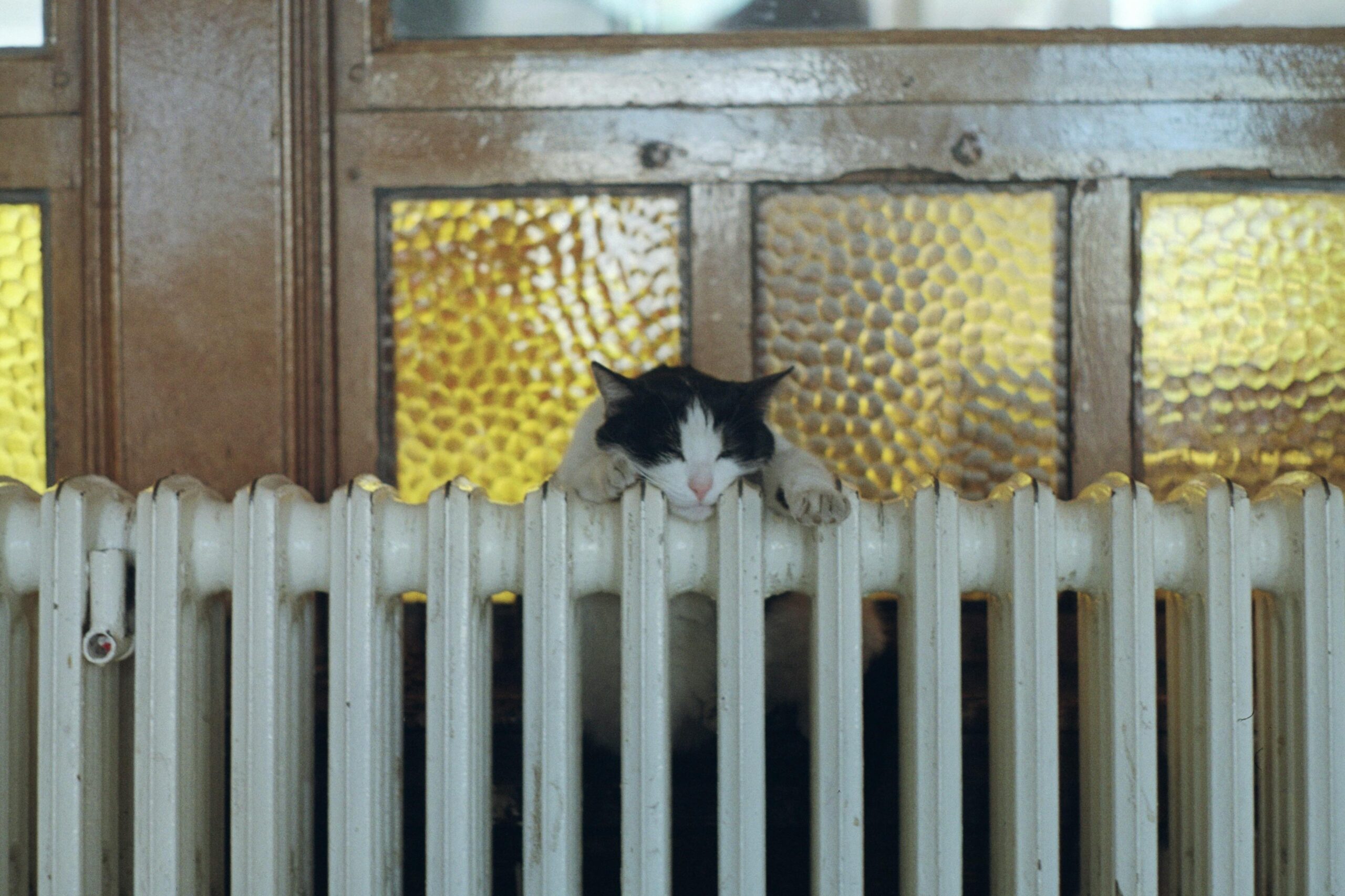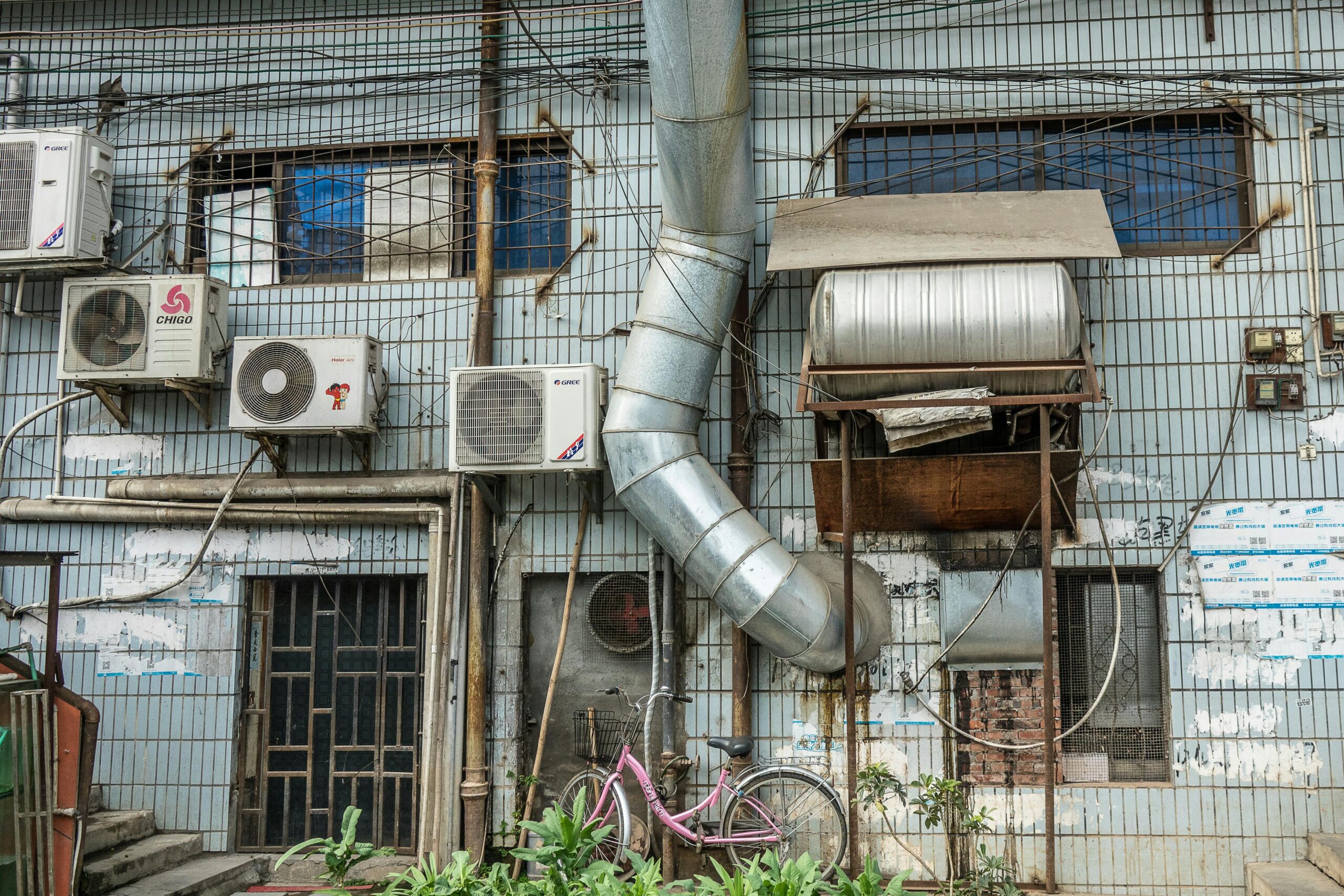Serving The Wasatch Front Area

Solve These 5 Problems With a Mini Split AC System
July 20, 2020
Different
types of AC systems work well for different situations and different
homes. If you’re unsure which type is best for you, consider any
unique problems or specifics of your situation before you decide.
Here
are five potential issues that you can solve by installing a mini
split, ductless AC system.
1.
No Ducts
Central
HVAC systems require components like ductwork and indoor air
handlers. In new homes, the floor plan may be designed to allow for
ductwork, but in an older house that may not be the case. If you’re
renovating a century-old home, adding a ducted system can be
expensive and inconvenient.
A mini split AC system is ductless, so you won’t have to worry about the space needed for ducts. The only components you’ll need to find room for indoors are the unassuming wall units (often installed near the ceiling so as to be as unobtrusive as possible).
2. Lost Energy
Instead of piping cooled air into each room, a ductless unit simply pipes the coolant to the room’s indoor unit, then pipes the coolant back to the outdoor unit after the refrigerant cools the air. Because the only thing supplied to the indoor unit (other than electricity) is coolant, no large ducts are needed.
Unlike central AC, which often allows cooled air to escape into uncooled areas (and loses up to 30%
of cooling energy), a mini split unit can’t lose cooled air via air ducts. If you have a central AC system and you’re tired of losing energy to duct leaks or poorly insulated ducts, a ductless mini split system could be right for you.
3. Unsecured Windows
Another alternative to central AC that you may consider is a system of window units. However, despite their affordability, these units have the drawback that you have to have the window open while you run them. Burglars could even target your home because they see a window unit and suspect it will allow them easy access.
A ductless unit doesn’t cause window security issues or allow criminals to access your home. The pipe that goes through the wall to a ductless unit only requires a small hole. So if you’re currently using window units and you’re worried about security issues, a ductless mini split system may be the way to go.
4. Unused Spaces
Avoiding duct leaks isn’t the only way a mini split system can save energy. These systems allow you to customize the temperature of each room, which could allow you to save energy in a variety of ways. For instance, if you only use your top floor at night, you could set your upstairs units to a higher temperature during the day to save energy.
Another way you could solve the problem of cooling unused spaces is to upgrade your AC system to a zoned system that allows you to set different temperatures in different areas of your home. Talk to your AC contractor about which solution is right for you.
5. Hot Spots
If you have one room that tends to be extra hot in summer and extra cold in winter, a ductless unit may be just what you need. In this scenario, you’ll likely only need a small system with one unit (rather than the multi-zone system that you would need for cooling your entire home). However, a mini split can provide an affordable and effective solution here.
You’ll also want to look into weatherproofing and insulation for the room in question, in case hot air leaking into your home raises the temperature in that spot.
If you have any of these problems, a mini split ductless AC system may be just right for you and your home. Contact Comfort Solutionstoday to learn how a mini split system can keep your home comfortable while avoiding the problems of ductwork installation, hot spots in your home, insecure window units, and more.
Recent News

Your Comprehensive Heating Guide: Installation, Repair, Efficiency & More
September 18, 2024

HVAC System Replacements: How to Act Fast and Get it Done Right
September 17, 2024

Heat Load Calculations: The Key to Furnace Efficiency
September 17, 2024

Is the Fireplace in Your Home Heat Producing or Decorative?
September 17, 2024

Fireplace Maintenance That Improves Efficiency and Saves Homeowners Money
September 17, 2024

